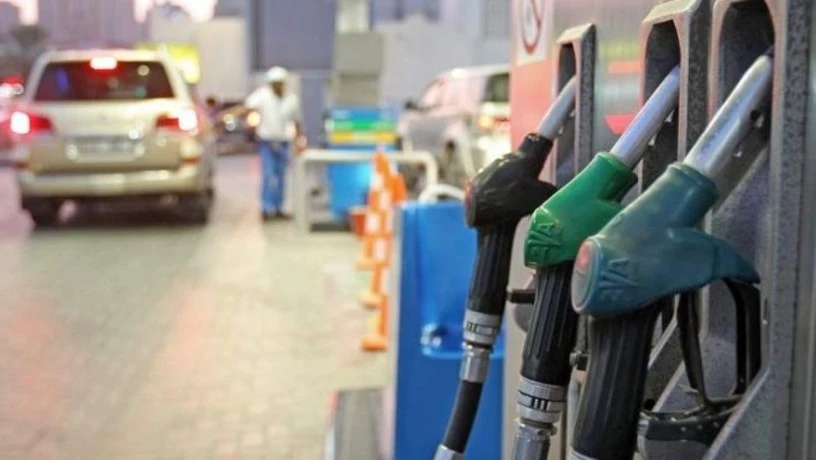
Understanding UAE Petrol Prices: Trends and Insights
Introduction
In recent years, the fluctuation of petrol prices in the United Arab Emirates has become a critical topic of discussion, influencing not only daily commuting costs but also national economic planning. As of September 2025, new developments in fuel pricing continue to emerge, reflecting both global economic conditions and local policy decisions.
The Evolution of Petrol Prices in the UAE
Historical Context
Understanding current fuel prices requires a look back at the history of petrol pricing in the UAE. Traditionally, the country has benefited from its rich oil reserves, which have allowed for relatively stable and affordable petrol costs. However, in recent years, there has been a shift towards a deregulated market to better align with global prices and economic realities.
Policy Shifts and Market Forces
In 2015, the UAE made a landmark decision to deregulate fuel prices, linking them to global oil markets while factoring in supply and demand dynamics. This policy change was aimed at encouraging efficient energy use and diversifying the economy, reducing dependency on oil revenues.
Factors Influencing Current Pricing
Global Oil Market
Petrol prices in the UAE are heavily influenced by the dynamics of the global oil market. In 2025, geopolitical tensions, OPEC decisions, and varying global demand continue to impact oil prices. As a major oil exporter, the UAE is directly affected by these global price changes.
Local Economic Strategies
The UAE government periodically reviews and adjusts fuel prices based on various economic indicators and strategic goals. For instance, the recent focus on transitioning to a more sustainable and diversified economy can lead to policies that influence petrol pricing.
Technological Innovations
Advancements in technology also play a role in shaping petrol prices. Innovations in fuel extraction and processing, as well as advancements in vehicle efficiency, can contribute to shifts in pricing structures by impacting both supply and demand.
Implications of Changing Petrol Prices
Economic Impact
The ebb and flow of petrol prices carry widespread economic implications. High fuel prices can increase transportation costs, impacting everything from the cost of goods to public transport fares. Conversely, lower prices can boost consumer spending and economic activity.
Social and Behavioral Changes
Fluctuations in petrol pricing can also influence consumer behavior. Higher prices may encourage the adoption of public transportation, carpooling, or the purchase of more fuel-efficient vehicles, while lower prices might increase reliance on personal vehicles.
Public Reaction and Discussion
Public interest in fuel pricing has never been higher, and discourse on social media platforms and forums is buzzing. Many residents express concern over how future price adjustments will affect their household budgets, especially those who commute daily.
Looking Ahead: The Future of Petrol Prices in the UAE
Governmental Focus
The UAE’s vision of sustainable economic growth and environmental responsibility suggests a future where fuel pricing will align more closely with these broader goals. This may mean continued efforts to stabilize prices while promoting alternative energy sources.
Consumer Adaptation
Consumers may need to adapt to a future with variable fuel prices, emphasizing energy efficiency and flexibility. The rise of hybrid and electric vehicles might change the landscape of personal and public transportation, further influencing fuel price dynamics.
Understanding the intricacies of UAE petrol prices involves examining a tapestry of factors including global market trends, local policies, and technological advancements. As these elements continue to evolve, staying informed will be crucial for businesses and individuals alike. The country's shift towards a sustainable future suggests that while price fluctuations are inevitable, strategic planning and adaptability will serve as valuable tools in navigating this dynamic landscape.



